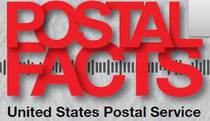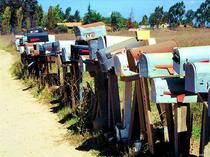Welcome to the annual edition of Postal Facts — a great resource for everyone on what we do and how we do it. From the overall size and scope of the Postal Service to
the top 10 things you should know about us to some strange fun facts and everything in between, Postal Facts tells our story in an interesting and fun way. I hope you’ll keep it handy and spend some
time learning about us.
Megan Brennan
Postmaster General
U.S. Postal Service
Both literally and figuratively, the United States Postal Service delivers for America.
Even in an increasingly digital world, the Postal Service remains part of the bedrock infrastructure of this nation’s economy, serving its people and businesses and
binding
the nation together.
The core function of the Postal Service is the safe, reliable, affordable delivery of mail
and packages to every address in the country and its territories.
The Postal Service delivers more mail to more addresses in a larger geographical area
than any other post in the world.
The timely service provided daily depends on an astonishing network of facilities,
technology and people that collect, transport, process and deliver the nation’s mail.
Click here to go to the Postal Facts Webpage https://about.usps.com/who-we-are/postal-facts/welcome.htm
Fun Facts- Postal Service superlatives — everything you’ve ever wanted to know — and more.
https://about.usps.com/who-we-are/postal-facts/fun-facts.htm
Postal History
Explore the past, glimpse the future.
In the more than two centuries since Benjamin Franklin was appointed our first Postmaster General in 1775, the Postal Service™ has grown and changed with America, boldly embracing new technologies
to better serve a growing population. We hope you enjoy exploring our rich history.
https://about.usps.com/who-we-are/postal-history/welcome.htm
































